Nationality Brazilian | Ethnicity Mulatto Name Lima Barreto | |
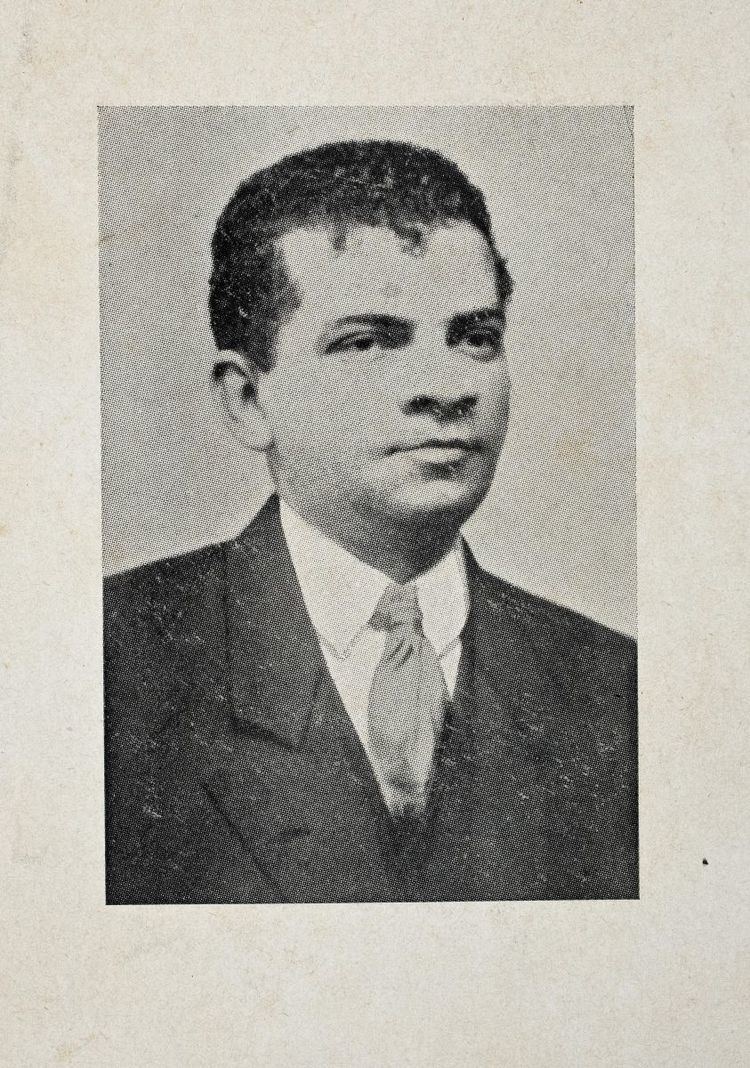 | ||
Born Notable works Triste Fim de Policarpo Quaresma, Os Bruzundangas, Clara dos Anjos, O Cemiterio dos Vivos Books Triste Fim de Policarpo Quaresma, Os Bruzundangas Parents Joao Henriques de Lima Barreto, Amalia Augusta Barreto Similar People Machado de Assis, Euclides da Cunha, Monteiro Lobato, Augusto dos Anjos, Graciliano Ramos | ||
O homem que sabia javan s parte 2 lima barreto audiobook
Afonso Henriques de Lima Barreto (May 13, 1881 — November 1, 1922) was a Brazilian novelist and journalist. A major figure in Brazilian Pre-Modernism, he is famous for the novel Triste Fim de Policarpo Quaresma, a bitter satire of the first years of the Republica Velha in Brazil.
Contents
- O homem que sabia javan s parte 2 lima barreto audiobook
- Escola municipal lima barreto segundo desafio transforma rio 2016
- Life
- Style
- Triste Fim de Policarpo Quaresma
- Os Bruzundangas
- Clara dos Anjos
- Other Works
- References
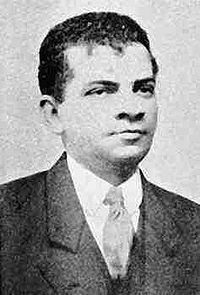
Escola municipal lima barreto segundo desafio transforma rio 2016
Life
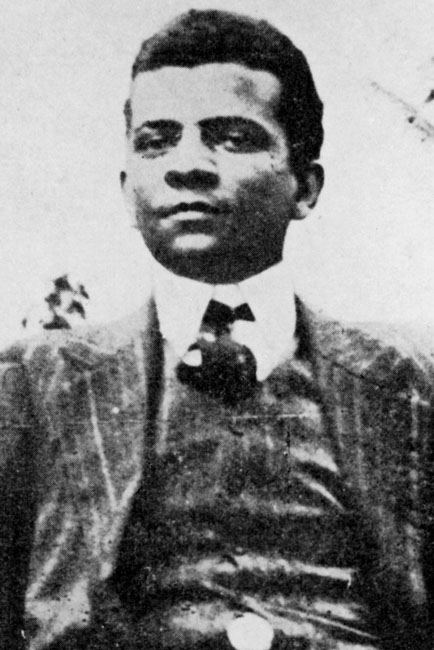
Lima Barreto was born in Rio de Janeiro in 1881, to Joao Henriques de Lima Barreto and Amalia Augusta. His father was a typographer and a monarchist who had close connections to Afonso Celso de Assis Figueiredo, the Viscount of Ouro Preto, who would later become Lima Barreto's godfather. Barreto's mother died when he was very young, and he was subsequently sent to study at a private school run by Teresa Pimentel do Amaral. Soon after, he entered at the Liceu Popular Niteroiense, after the Viscount of Ouro Preto decided to pay for his studies. He graduated in 1894, and in the following year, he would enter the famous Colegio Pedro II. Soon after he graduated, he entered the Escola Politecnica do Rio de Janeiro, but was forced to abandon it in 1904 in order to take care of his brothers, since his father's mental health was starting to deteriorate.
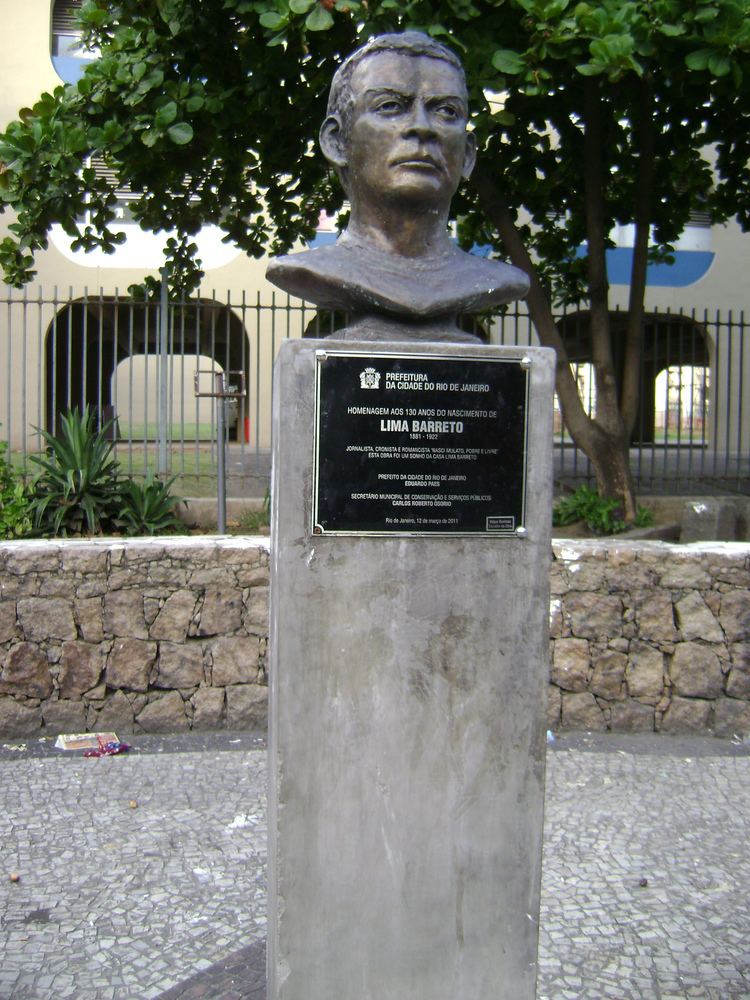
Barreto used to write for newspapers since 1902, but he achieved fame in 1905, writing for the Correio da Manha a series of articles regarding the demolition of Castle Hill. In 1911 he founded, alongside some friends, a periodical named Floreal. Although it only lasted for two issues, it received a warm reception by the critics. In 1909 he published his first novel, Recordacoes do Escrivao Isaias Caminha, a contundent and semi-autobiographical satire of the Brazilian society. However, his masterpiece was Triste Fim de Policarpo Quaresma, that was published in 1911, under feuilleton form, being re-released under hardcover form in 1915.
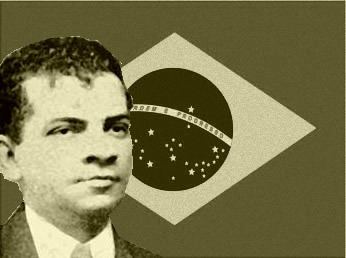
During his last years of life, Barreto was attacked by heavy bouts of depression, which led him to alcoholism and many visits to different psychiatric hospitals and sanatoriums. He died of a heart attack in 1922.
Style
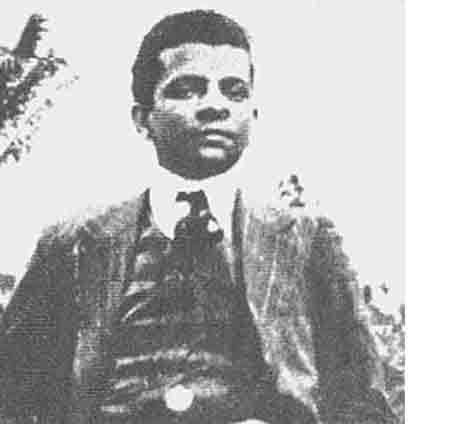
Barreto was a very satirical author. His favoured target of criticism was the perceived mediocrity of the Brazilian people, mainly the government and the commercial/military authorities. One of his works that best represents this style is Os Bruzundangas, a collection of tales he published in newspapers during a period of 20 years.
The author also heavily criticized the baroque and difficult writing style which was popular among Brazilian authorities as a symbol of "intelligence" and "high social status". Due to his feelings on this issue, Barreto adopted a more simple style in his books which was more accessible to a majority of the Brazilian people. This provoked an increasing number of criticisms against the author, who was persecuted by the Brazilian elite for his non-classical style.
Barreto also explored the psychological conditions of his characters, although he is not as well known for this as other prominent Lusophone writers like the Brazilian Joaquim Maria Machado de Assis or the Portuguese Jose Maria de Eca de Queiroz. His books often explore the curious beliefs and thoughts of his characters: for example, Policarpo Quaresma (Barreto's most legendary creation) was a radical and almost utopian patriot, and his beliefs led him to a tragic end. Policarpo was also innocent enough to believe the Brazilian "original nature" could be restored. Exaggerated innocence had also condemned the character Clara dos Anjos to a life of dishonor. As for the antagonists, Barreto explores their hypocrisy, ignorance and indifference to the suffering of others. Psychopathy is presented in his posthumous book Clara dos Anjos by the antagonist Cassi Jones, who has typical habits of a social psychopath: absence of care for other people's feelings, selfishness and cold calculation to achieve his goals, no matter how vile they are.
Triste Fim de Policarpo Quaresma
Triste Fim de Policarpo Quaresma (in English: The Tragic Fate of Policarpo Quaresma) is Barreto's magnum opus, first published in 1911. It tells the story of Policarpo Quaresma, a radical Brazilian patriot. Policarpo's dearest dream is to see Brazil as one of the world's most powerful nations. He notices many problems in the political and social structure of his country, realizing that Brazilian people love European culture more than their own country's and tries to change this reality.
The story, then, can be divided in three distinct parts:
Os Bruzundangas
The Bruzundangas - 1923
A collection of tales that Lima Barreto published in newspaper during the period of 20 years, approximately. It tells the life and customs of the People of Bruzundanga, an imaginary country that represents Brazil. In the book, tale by tale, Barreto tells of the corruption present in every sector of the Bruzundanga's life, from politics to education.
Lima Barreto decided to create a new country to represent Brazil in order to escape from politician and any other authority's persecution. In fact, The Bruzundangas itself is a great allegory to Brazilian famous personalities and public institutions. A notorious example can be found in the book's first chapter, which is called "Special Chapter": the narrator teaches about Bruzundanga's literature, which is conduced by the elitist school of the "Samoiedas". In this literary school, the students get satisfied "only with shallow literary appearances and an ordinary simulation of notoriety, sometimes because of their intellectual incapacity and some other times by a vicious and careless instruction", as Barreto himself wrote. In this case, the "Samoiedas' school" is an allegory to the Brazilian classical writing style, which was still heavily influenced by the Parnassianism and Symbolism.
Clara dos Anjos
This posthumous novel presents the character Clara dos Anjos, a girl from a poor family that lives in the suburb of Rio de Janeiro. The story is about Clara's passion for Cassi Jones, an unscrupulous boy and son of a richer family. Cassi, who has made an uncountable number of women pregnant and abandoned them all, seduces Clara for his libidinous purposes. Clara, who is innocent due her parents' severe protectionism, ends up pregnant. At the end, Cassi flees and Clara finds herself abandoned and "dishonored". In his book, Barreto intends to show how disgraced is the destiny of poor women in Brazil, as he demonstrates in Clara's last quote: "We are nothing in this life". More than that, however, the author also shows the hypocrisy of rich people (mainly represented by Cassi's mother, who constantly protects her son) and the absurd selfishness of the Brazilian youth (represented by the character Cassi Jones).
